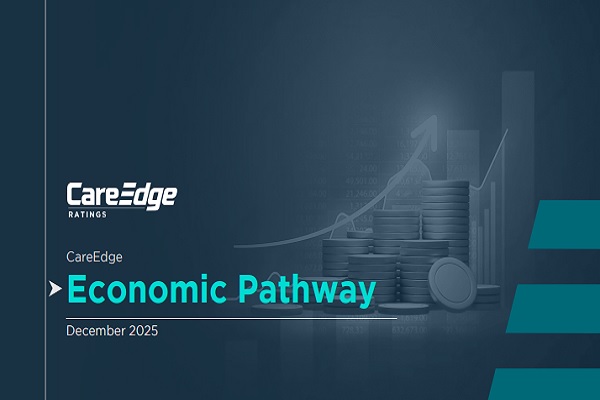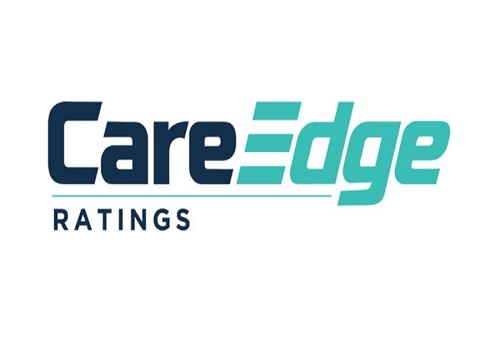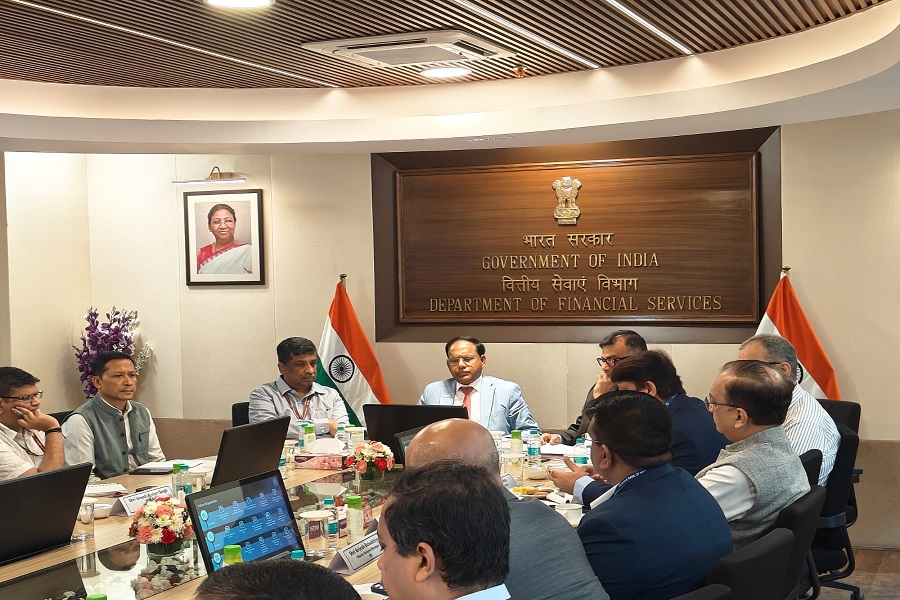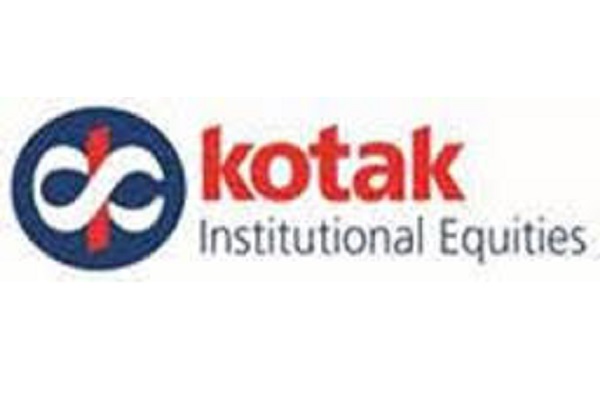Banking Sector Update : A partial reversal of stance in a few areas By Kotak Institutional Equities

A partial reversal of stance in a few areas
The RBI has notified banks about the following changes, effective from April 1, 2025: (1) The risk weight on microfinance loans within consumer credit will be reduced from 125% to 100% and (2) an additional risk weight of 25% introduced recently (November 2023 circular) on the exposure of banks to NBFCs will be removed. The reversal is not worrisome today, as these guidelines have played their role in correcting the flow and identifying spaces of excessive lending. With NPL formations peaking, the reversal is an expected outcome.
Reduction in risk weight on microfinance loans and bank lending to NBFCs
The RBI has announced the following for all banks: (1) the risk weight on microfinance loans in the nature of consumer credit to be reduced from 125% to 100% and (2) an additional risk weight of 25% introduced on the exposure of banks to NBFCs to be removed. These changes imply a partial reversal of tighter capital norms introduced by the RBI in its November 2023 circular (Exhibits 1, 2). The higher risk weights on the other segments of consumer credit (for instance, on unsecured personal loans and credit cards) will continue.
Tangible financial benefits difficult to assess and could come in different forms
The reduction in risk weights on NBFCs would benefit all banks, but we should expect this benefit to be higher for public banks, as they have a relatively lower capital compared to private banks and a higher exposure to NBFCs as well. The change in guidelines on MFI is likely to have a smaller impact and specific to a few lenders. While this is not a complete reversal, it nevertheless has a positive impact on banks such as Bandhan Bank (Exhibit 3), in our view. We understand that some lenders (such as SFBs) continue to classify a majority of the microfinance loans as regulatory retail (which attracts an RWA of 75%). Hence, the latest circular offers negligible benefit to them on the microfinance front.
Starting to see some degree of easing of the previous guidelines
We believe that these regulations have played their role in curbing growth to check for stress that usually is less recognizable during periods of strong growth. We have seen stress rising meaningfully in the MFI sector, but the impact on the rest of the portfolio is not as pronounced as we saw in MFI. For instance, we have not seen a material build-up in stress in personal loans at a sector level.
This circular could reflect in many ways, depending on the choices of management: (1) restart lending to NBFCs and MFIs, (2) upfront the credit losses, if any in MFI, and (3) carry the capital buffer on the balance sheet. Growth, in our view, is likely to take time as lenders are yet to fully recognize the stress, and the cycle would take time to reverse.
The recent relaxations (LCR, ECL, project financings) and several liquidity measures do give credence to the view that the measures are generally positive for lenders to restart growth. We are still some time away with deposits still being an issue, but we would want to be positive on lenders at this stage.
Above views are of the author and not of the website kindly read disclaimer










More News

Insurance Sector Update : A year older, a year wiser By JM Financial Services













